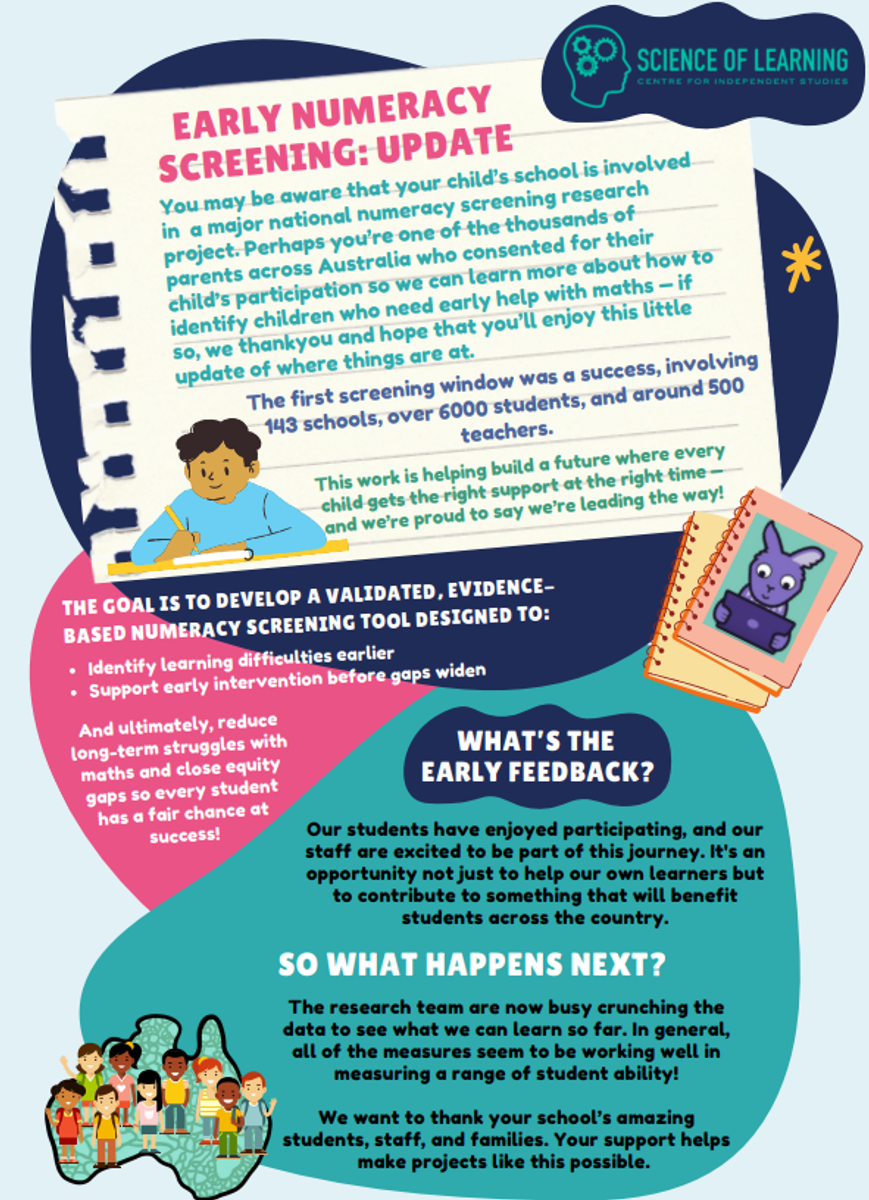Teaching & Learning Page
Ms Charleston & Mr Chapman (Learning Specialists) Gill & Kellie

Teaching & Learning Page
Ms Charleston & Mr Chapman (Learning Specialists) Gill & Kellie
How Does a Child’s Brain Learn to Read?Insights from Dr. Carolyn Strom
“Reading is taught, not caught.”
Reading isn’t something our brains are naturally wired to do—it’s a skill we must build. Dr. Carolyn Strom, a learning scientist and educator, explains how reading develops in the brain:
Reading is a brain-building process – Children connect areas of the brain for speech, vision, and meaning to become skilled readers.
Top Tip - Keep it short and sweet – 10–15 minutes of focused reading is enough. Little and often builds strong habits!
Phonemic awareness comes first – Kids learn to hear and play with sounds in words (like rhyming and blending) before they read them.
Top Tip - Play sound games like rhyming, clapping syllables, or guessing the first sound in words—just a few minutes a day builds strong listening skills that come before reading. Keep it fun and short!
Phonics connects sounds to print – Learning how letters represent sounds builds the “code-cracking” part of reading.
Top Tip - Sound it out together – If your child gets stuck, encourage them to use their phonics skills to break the word into sounds.
Fluency comes with practice – With repeated exposure and reading aloud, the brain becomes faster and more automatic.
Top Tip - Re-read familiar books – Repetition helps build fluency and confidence. Celebrate your child’s growing independence.
Comprehension brings it all together – Vocabulary, background knowledge, and discussion help your child make sense of what they read.
Top Tip - Talk about words – Pause to discuss interesting or tricky words. This builds vocabulary and comprehension.
Click below if you would like to hear the podcast.
Every time you read, talk, or play with language at home, you're helping build your child’s reading brain. Thank you for being a vital part of the journey!

